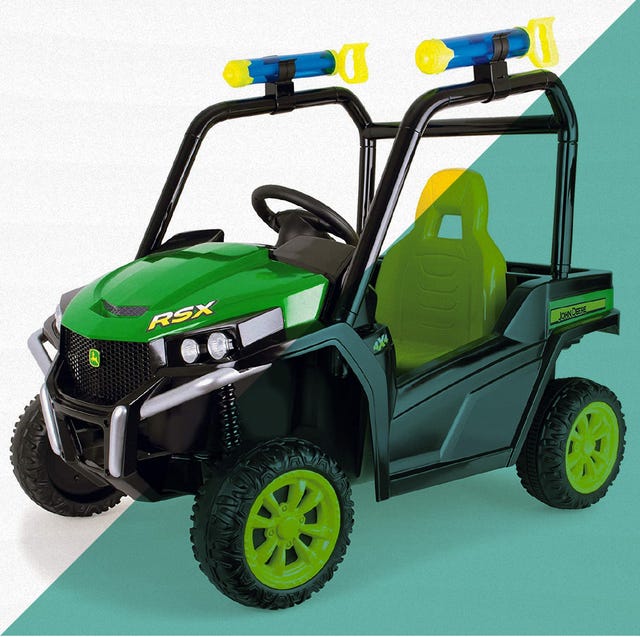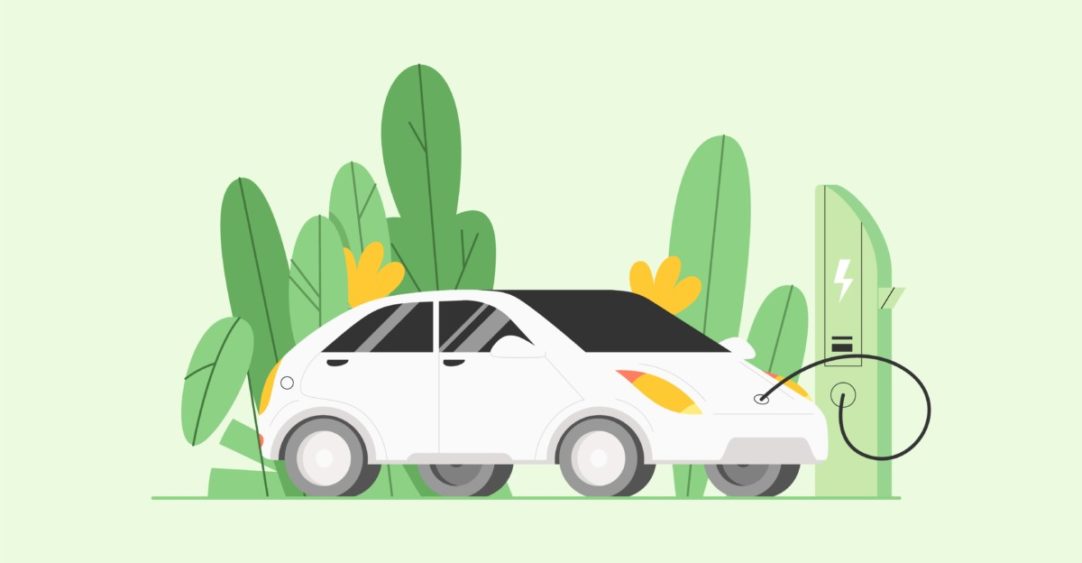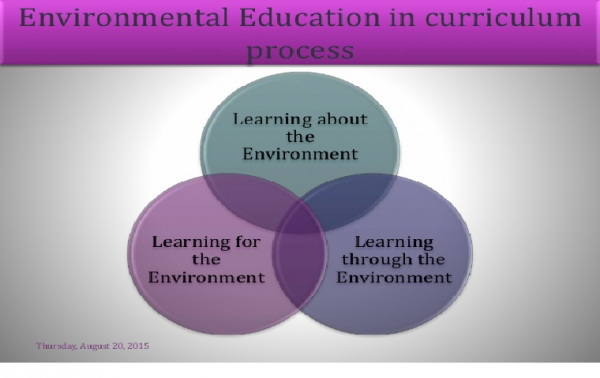Ever wonder what the future of mobility looks like? It’s in the backseat of your electric vehicle (EV) – your kids. As we drive into a future fueled by renewable energy, it’s critical to enlighten our youngsters about the importance and benefits of electric cars and sustainability. Join me as we navigate through the thrills, challenges, and essentials of educating our future trailblazers on the dynamic world of EVs and sustainable transport. Are the kids ready for fast chargers, battery swaps, and zero-emissions? They better be, the future is now. Let’s plug in.
Understanding EVs: Basics for Kids

Electric Vehicles, or simply EVs, are autos that run on electric power, rather than gasoline or diesel. Now, you might ask, “How does that even work?” Well, think of them as big, sophisticated remote-control cars. When you play with a remote-control car, you charge its battery for it to move around, right? That’s precisely how an EV works!
EVs have large rechargeable batteries installed in them. Instead of filling up with petrol or diesel at a fuel station, you plug them in to charge. You can do this at home – much like how we charge our phones and tablets or at public charging points which are like electric fuel stations.
One of the cool things about EVs is their ability to go from 0 to 60 mph super fast. This is because an electric motor can provide power immediately, whereas regular engines that use gasoline must first rev and build up speed. But remember, driving safely is far more important than speed!
Another great thing about EVs is that they’re super quiet. Without an engine purring (or sometimes roaring), EVs zip around stealthily, producing little to no noise. But remember to stay alert on the roads, because we’re used to listening for cars but with electric vehicles, you might not hear them coming.
Probably one of the best things about EVs is that they are good for the environment. Does anyone like to inhale smoke? Nope! But every car running on petrol or diesel shoots out smoke from its exhaust pipe. EVs, however, produce no exhaust emissions. This means cleaner air for us to breathe and fewer harmful gases released into the atmosphere, which is good for our planet!
So, in a nutshell, electric vehicles are vehicles where petrol and diesel engines have been replaced with rechargeable batteries and electric motors. They’re faster off the line, quieter, and most importantly, way better for our environment. Fast, quiet, and green – seems like a winning combo, right?
The Role of EVs in Sustainable Transport

Electric vehicles (EVs) have taken center stage in the quest for sustainable transport, and rightly so. Packed with the power to significantly lower carbon emissions compared to conventional automobiles, EVs are not about changing the wheel but revolutionizing what propels it.
Picture a world where our kids grow up not knowing a world saddled with pollution from car exhausts. It sounds overly ambitious, especially to kids who always hear adults complain about gas prices while coughing at the tailpipe smoke of a school bus. Yet, this is the juicy promise that electric vehicles offer!
In simple terms, EVs derive power from electricity instead of the historical reliance on fossil fuels. This implies when renewable energy sources such as wind, hydroelectric, and solar power are tapped to charge an EV, the entire eco-chain becomes dramatically cleaner. It seems like a no-brainer when you consider the pressing environmental challenges faced globally.
But that’s only the beginning of the story. EVs are not only about “going green”; they’re also about blazing the trail for a fresh generation of smart, interconnected vehicles. These cars talk to each other, preventing accidents and coordinating traffic more efficiently than ever before. We’re talking about a future where traffic jams and accidents are as outdated as eight-track tapes and dial-up modems. That’s pretty rad, isn’t it?
The impact doesn’t stop at saying goodbye to agonizingly slow commutes. EVs are also significantly quieter than their petrol-guzzling counterparts, curbing noise pollution that plagues our cities and towns. Imagine living in a world where the biggest noise challenge outdoors is the chirping of birds or the laughter of children playing on the streets.
Additionally, EVs offer a unique opportunistic load on the electric grid. Plugged in EVs can be powerful grid resources, storing electricity when demand is low and sending it back into the grid when demand is high.
Looking around, it’s clear that a revolution is underway, and your kids can be a part of it. By embracing an EV education, they’re not just earning horsepower bragging rights or cultivating a mindset for green energy. They’re driving towards a future that is cleaner, safer, quieter, and more efficient. And isn’t that the kind of future we want for our kids?
Fun and Educational EVs Activities for Kids

When it comes to the world of EVs, there’s ample opportunity for kiddos to learn while having an absolute hoot. Combining entertainment and education, these activities are far more exciting than dissecting text from dense and dreary textbooks.
One activity that proves to be both entertaining and informative involves transforming a potato into a battery. Now, I know what you’re thinking – a potato? As a battery? Sounds wacky! However, this quirky experiment provides an enlightening understanding of how electricity is generated, a fundamental concept in EVs. Plus, it cracks a few doors open to the fantastic field of green energy. All you need is a potato, zinc and copper electrodes, and wire to connect to a small device such as a digital clock.
Another unforgettably fun EVs activity involves diecast models of electric cars. They can rev up a young one’s play times, sparking their curiosity about the actual mechanics that give life to these miniature EVs. Alongside play, these models serve as an excellent visual teaching aid about the difference between traditional fossil fuel cars and electric vehicles.
‘Design your dream electric car’ can also cue up a eureka moment for kids. In this activity, the sky’s the limit for their creativity. Besides letting them let loose their imaginative prowess, it provides a launchpad for discussing aerodynamics, energy efficiency, and the environment-friendly aspects of EVs.
But learning isn’t confined within the four walls of their rooms. Corporate behemoths in the EVs industry, like Tesla and Chevy, usually host events and electric car shows that are family-friendly. Here, you can expose your kids to the latest technologies and advancements in not just cars, but also sustainable transportation as a whole. As electric bikes, scooters, and buses are becoming increasingly commonplace, it’s vital for children to see these developments firsthand to be aware of their impact on our planet.
The learning curve doesn’t stop there. How about after an all-electric family road trip, calculate the energy used by using the car’s trip computer, and compare it with a gas car’s consumption? This can lead to educating them on the importance of energy efficiency and how EVs contribute to a cleaner and greener Earth.
In a nutshell, there’s no shortage of innovative ways to introduce EVs to children while ensuring they’re fired up by the fun element. After all, fostering knowledge is more enjoyable when it’s not passive learning, and you’re absolutely in the driver’s seat. Remember, the more they understand the importance of EVs in sustainable transportation at an early age, the more likely they’ll be future pioneers in this robust and crucial sector. Now how exciting does that sound?
How Schools Can Incorporate EVs Education

Given the urgency of the climate crisis, it’s clear that students need to understand sustainable technologies like Electric Vehicles (EVs) in a comprehensive and practical manner. Education has to adjust to this new reality and there is no reason why EVs can’t fit into the curriculum, weaving seamlessly to bridge the gap between theoretical understanding and practical application.
Just as students are taught about the working of internal combustion engines, schools could revamp the curriculum to include the functioning of electric motors, which are the driving force behind EVs. This not only reinforces their knowledge of physics concepts but could also be the spark that ignites a passion for engineering in them.
Teachers could host virtual meetings with EV industry professionals or coordinate field trips to local factories where these machines are manufactured. This immersive experience will give students a deep-dive into the construction, functionality, and social impact of the EV industry.
Next, schools could embed the economic and environmental component of EVs into the social studies and economics syllabus. This could include a study of the broad implications of transitioning to electric transport, such as job creation, reduction in air pollution, and conservation of fossil fuels. Not only do students comprehend clean tech better, but they also understand its societal impact.
Incorporating project-based learning focused on EVs is a fantastic idea. It could be about designing an ideal EV charging station, brainstorming ideas for battery recycling, or analyzing the running costs of electric vehicles as compared to traditional ones. As these projects make learning fun and interactive, they also help students develop problem-solving skills and foster a sense of innovation.
Finally, introducing competitions related to EVs – such as designing a mini-EV model or creating an awareness campaign about the benefits of EVs – can stir enthusiasm among the youngsters while concurrently educating them.
In conclusion, the sphere of formal education is broad, flexible, and adaptable. With a small push, we can mould it to include and prioritize something as crucial as EV education. We owe the responsibility of enabling our future leaders to make informed choices and drive society toward green, sustainable mobility.
FAQs
Why should kids learn about EVs and sustainable transport?
How can we make learning about sustainable transport fun for children?
What topics should be included when teaching kids about EVs?
Conclusion
Inculcating a culture of sustainable transport among kids is a commendable stride in fostering a greener planet. As EVs continue to redefine motoring, acquainting our children with these advancements forms an essential part of their education. Once they understand the significance of these innovations and their role in preserving the world’s integrity, it won’t just be about zero-emissions driving – it will be about championing a future where sustainable living is the status quo. Hence, there’s no time like the present to start this journey, one EV lesson at a time.
